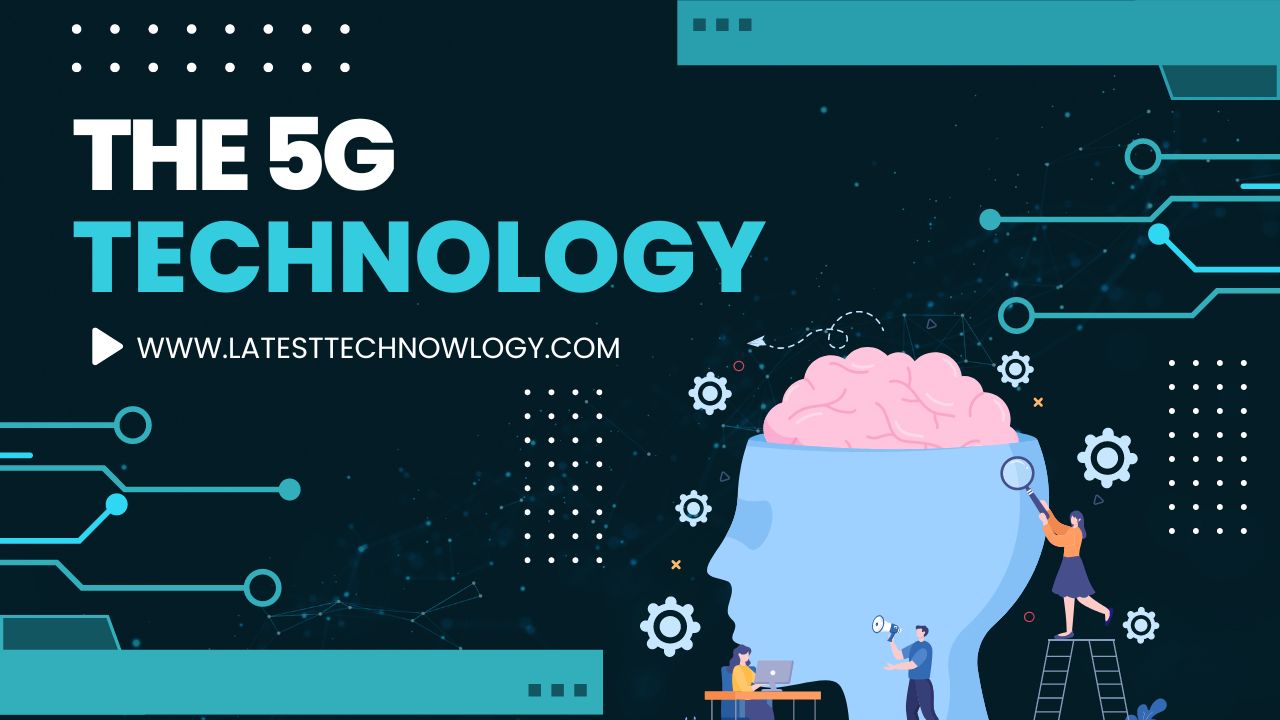The next generation of wireless technology, which is expected to be called a fifth generation (5G), is poised to transform the way we live, work and communicate. While it’s challenging to predict its full impact on society, one thing is quite certain: the benefits will far outweigh any drawbacks. In this article, we’ll explore some of the key features of 5G technology, including speed, reliability, coverage, network capacity, and more. So if you’re still not sure what 5G can do for you, here are a few highlights:
- Speed
- Reliability
- Coverage
- Network Capacity
- Reduction in Power Consumption
- Security
5G Speed

You’ll see an increase in data transfer speeds thanks to faster processing power at higher frequencies, as well as greater coverage and extended range. With the addition of new technologies like millimeter waves, 5G could improve throughput by up to three times compared with 4G.
5G Reliability
Unlike previous generations, 5G is designed to handle extreme temperatures, such as high-pressure rain or extreme heat conditions, without compromising performance. This means that even during inclement weather, your device stays reliable.
5G Coverage

Although most countries currently have access to only a limited 5G spectrum, many nations plan to expand their coverage in the coming years and ensure everyone has access to high-speed internet. Some countries are already planning a massive rollout, particularly in Asia, where widespread government plans are underway. Others, however, may struggle to expand their networks due to regulatory hurdles or other reasons.
5G Network Capacity
By leveraging increased bandwidth and advanced algorithms, 5G can deliver even more robust service and support, especially when handling large volumes of traffic. For example, while 3G relies primarily on a dedicated spectrum, 5G can cover vast areas using multiple bands simultaneously. It also enables different approaches to managing congestion, ensuring that every device receives the same amount of bandwidth for the best experience. As a result, 5G can provide faster download speeds and improved reliability when it comes to network demands.
5G Reduction in Power Consumption
At the smartphone position, a 90 reduction in device power consumption results in modest power savings. still, the power savings could be significant from a structural viewpoint, particularly because of IoT bias. Lower power outflow in design and factual consumption result from combining IoT bias with cellular 5G communication. When operating solely on battery power, remote bias can be anticipated to last significantly longer. For IoT-ground detector bias stationed in remote locales, some estimates indeed suggest that a 10- time remote battery life may be doable.
5G Security

Because Internet of Things (IoT) devices exist at the periphery of business networks, security is a constant worry. 5G offers more robust security than 4G LTE, including hardware security modules, key management services, over the air, secure elements. This will harden network endpoints and assist guarantee that data carried over the 5G network is secure.
However, there are still challenges ahead, including issues around latency. Latency refers to how long it takes for a message to travel between the sender and receiver. While 5G offers lower latency than previous generations, it’s still not perfect. Therefore, it’s crucial for users to consider the usage they intend to put to their devices and be mindful of delays.
Additionally, there are technical obstacles to overcome. It becomes available to the public, including licensing requirements, licensing costs, certification processes, and more. Nonetheless, with the right approach and planning. 5G promises to revolutionize the way we connect online and make our lives easier in countless ways.
In conclusion
5G technology is an exciting development in mobile communications that has the potential to significantly advance our everyday lives. Its fast data transfer speeds, enhanced reliability, extensive coverage, expanded range, and network capacity. It offers significant advantages over current technologies, making it a game-changer in terms of coverage, speed, cost, and convenience.
However, individuals take advantage of all it offers. For governments and businesses to develop policies and regulations to ensure that all people should have access to it. This builds trust and makes communication easier and more efficient in the digital world, ultimately benefiting us as a whole.

5G, also known as fifth-generation wireless technology. It is used to describe a variety of communication technologies that use the electromagnetic spectrum to transmit information. These include satellite systems (such as those used to provide internet services). Radio waves (such as those used to broadcast music), and mobile phones (such as smartphones).
5G allows faster data transfer speeds and a broader range of coverage areas than previous generations of wireless technology. It is also capable of transmitting more data per unit of area than previous models. It helps to reduce congestion issues and improve efficiency in various scenarios. Because 5G can cover vast distances quickly and efficiently. It can also enable numerous uses beyond simple voice calls, such as remote surgery, video conferencing, and virtual meeting platforms.
10% of global GDP will be achieved by 2040, and up to 25% of human interactions will occur through 5G technology. According to recent studies, 5G achieves better performance in both indoor and outdoor environments, making it suitable for various applications and environments.
As a result, consumers must embrace these new developments and start exploring them now. By investing in their equipment and upgrading their existing phone or home network, people can enjoy faster data transfer rates. Additional coverage areas and a host of new tools and services that 5G provides.
